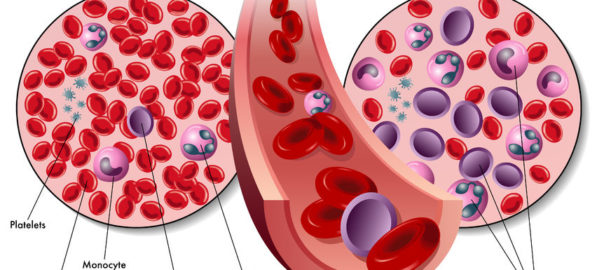Six-year-old Leukemia Patient’s Campaign Saves Lives

Joel Picker-Spence of Farndon in Nottinghamshire died in 2008 before his seventh birthday. But before he died, he did what most 6-year-olds cannot even dream of. Joel potentially saved the lives of 14 people who would have probably not survived without the stem cell donations collected during the Join for Joel campaign.
Although there was a match for Joel, it came too late and the little boy did not survive his illness. However, Joel’s mother continued the drive for donors even after he lost the battle with leukemia.
Hundreds, or possibly thousands of donors signed up as registered donors on hearing about Joel’s illness. Of these, 14 have matched and donated stem cells, potentially saving lives.
The chances of a registered donor matching with someone in need of a stem cell transplant in the first five years on the registry are extremely slim. This means that most people do not get the opportunity to donate.
Ann-Marie Spence, Joel’s mother, says she never imagined she would still be campaigning after her son was no more. She says the fact that Join for Joel is making a difference in people’s lives is what keeps her going. If it wasn’t for this campaign, we wouldn’t have saved potentially 14 lives.
Is it painful to donate stem cells?
For the vast majority of donors, stem cells can be obtained directly from the blood in what is called a peripheral donation. Hormones are injected into the donor to stimulate the production of stem cells. In about 10 percent of donors, the stem cells need to be collected from the bone marrow. The procedure is conducted under general anesthesia for pain control. Following the donation, the donor may feel bruised and fatigued and may require a few days off work.
Where can I sign up to become a stem cell donor?
The Anthony Nolan register accepts healthy individuals between the ages of 16 and 30. Blood donors between the ages of 17 and 40 can register with the British Bone Marrow Registry. The DKMS UK run registry accepts donors between the ages of 17 and 55.
Joel’s family and friends are inspired to continue this work and proud that they have saved lives and continue to do so. One donor, Alan Fisher, who saved a life in 2014 with his donation, says it’s a small price to pay. I suffered no permanent damage and somebody got a chance to live. The happy coincidence was that the recipient was a boy similar to Joel in age.
References:
- http://www.bbc.com/news/uk-england-nottinghamshire-39042122


